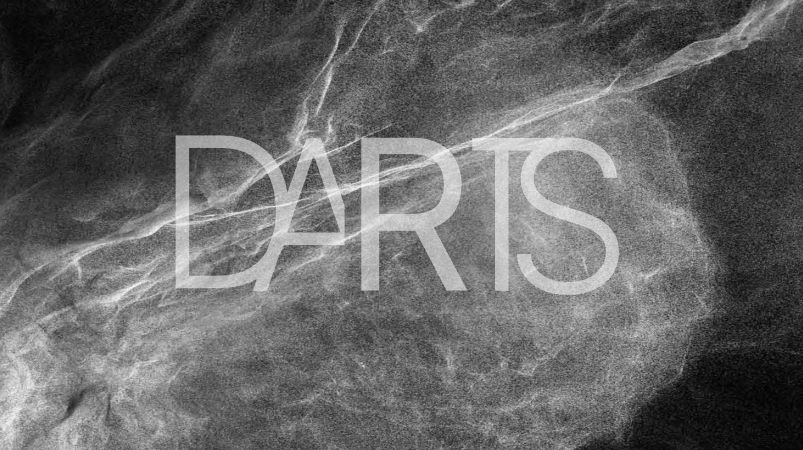Tecnologies de l’aprenentatge i el coneixement
Susanna Tesconi talks about digital fabrication to Social an Pedagogic Education students. The making, design and digital fabrication: its implications in educational processes and the empowerment of the community […]

